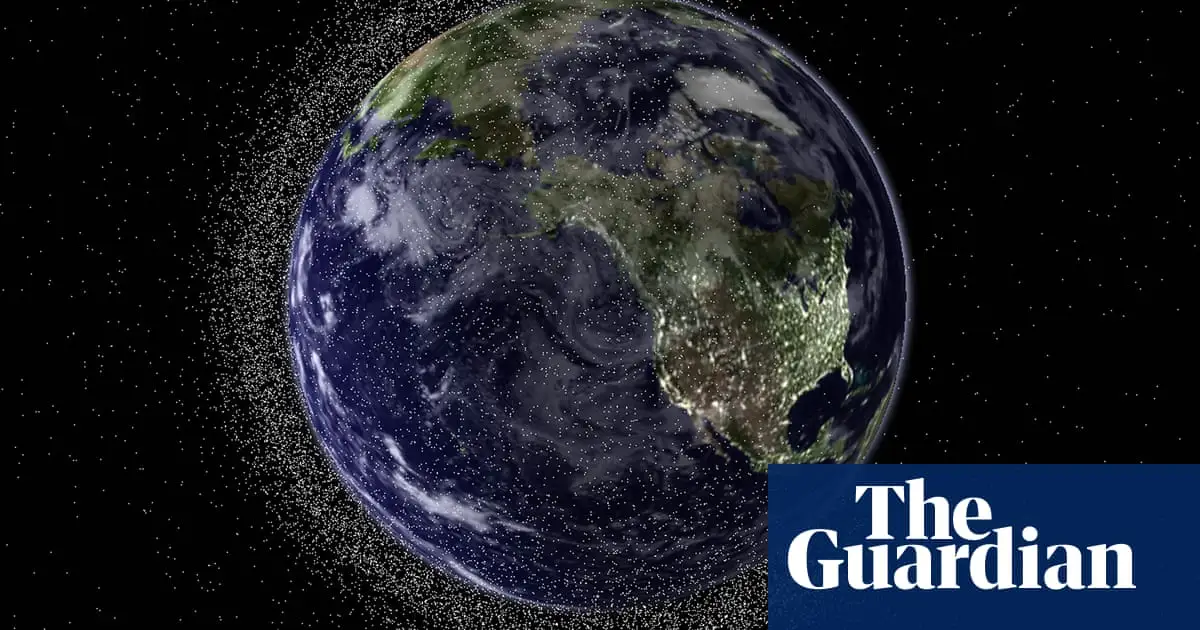- cross-posted to:
- space@beehaw.org
- cross-posted to:
- space@beehaw.org
US government issues first-ever space debris penalty to Dish Network::Dish to pay $150,000 for failing to properly dispose of satellite and violating the FCC’s anti-space debris rule
150,000 is nothing to a company who built their own satellite network
The fine should be commensurate with the cost of removing it. In other words, a lot more
Plus, given poor corporate behavior exemplified by recent headlines about defunct oil wells, they need to post a bond ahead of time, to be forfeit if they don’t clean up
To be fair it is only for a single satellite not being properly de-orbited, not for a whole constellation being a problem.
Yeah but if the fine is less than the cost of doing it right, then doing it wrong and paying the fine is the more profitable way to do business. Something tells me they saved a lot more than this cost them.
This should be an ongoing 150k a month until the satellite is decommissioned in order for it to be anywhere near meaningful
Pennies. That’s all I read.
Seems to be for one satellite. So let’s hold onto hope they keep racking up the fines.
Yes but you see, all I see is them rather paying the small fine instead of doing things properly. Sometimes the fines are cheaper than doing the right thing and following procedures. The cycle continues.
This is the best summary I could come up with:
Dish Network has to pay $150,000 to the commission over its failure to de-orbit its EchoStar-7 satellite which has been in space for more than two decades.
“As satellite operations become more prevalent and the space economy accelerates, we must be certain that operators comply with their commitments,” said Enforcement bureau chief Loyaan A Egal, in the statement announcing the Dish settlement.
“This is a breakthrough settlement, making very clear the FCC has strong enforcement authority and capability to enforce its vitally important space debris rules.”
In 2002, Dish launched the satellite into geostationary orbit – a field of space that begins 22,000 miles (36,000km) above Earth.
They say that the more old material that stays in orbit, the harder it is for incoming satellites to start and complete new missions.
“Right now there are thousands of metric tons of orbital debris in the air above – and it is going to grow,” FCC chair Jessica Rosenworcel said in a 2022 statement that accompanied the announcement of the rule.
The original article contains 371 words, the summary contains 169 words. Saved 54%. I’m a bot and I’m open source!
Should US law apply in orbit? (not saying something shouldn’t be done about space junk)
Nice in concept.
In practice this is useless- a $150k fine when removing the satellite will someday cost millions.
It’s also worth noting that de-orbiting was never the plan here. Geosynchronous satellites are too far up to make that practical- at 22,000 mi altitude, the amount of delta-v necessary for a deorbit is gigantic. So instead the satellite ‘boosts’ up to a ‘graveyard’ orbit about 300km above the geosynchronous ring.
Dish only boosted it 122km above the geosynchronous ring. Thus the fine. In practice this satellite will probably cause nobody any problems.Littering and, littering and…
But not the moron that launched a car?
That’s not the Musk space debris we should be concerned about. The car is orbiting the Sun between Earth and Mars, extremely unlikely to be a problem for anyone. A needle in a planet full of haystacks.
Starlink, on the other hand, is several hundreds of satellites orbiting in a shell in low Earth orbit. Close calls happen all the time with these.
Satellites in low earth orbit (LEO) de-orbit themselves within a fairly short time after they run out of fuel keeping them on station. They lose altitude constantly due to air drag (there is a very tiny amount of air in LEO). LEO space junk solves itself.
The type of space junk that can actually be an issue is in other useful orbits, such as the geostationary orbit. Satellites there are expected to move themselves into graveyard orbits at the end of their life so they are out of the way.
Hundreds? There are over 5000 starlink satellites up there.
How close are we talking?
https://www.space.com/spacex-starlink-satellite-collision-alerts-on-the-rise
According to this article, Starlink satellites are involved in over 1,600 close encounters (within 1 kilometer or 0.6 miles) each week.
Hot damn, that is close
Technically his satellites aren’t junking space up, since they just keep burning up.









